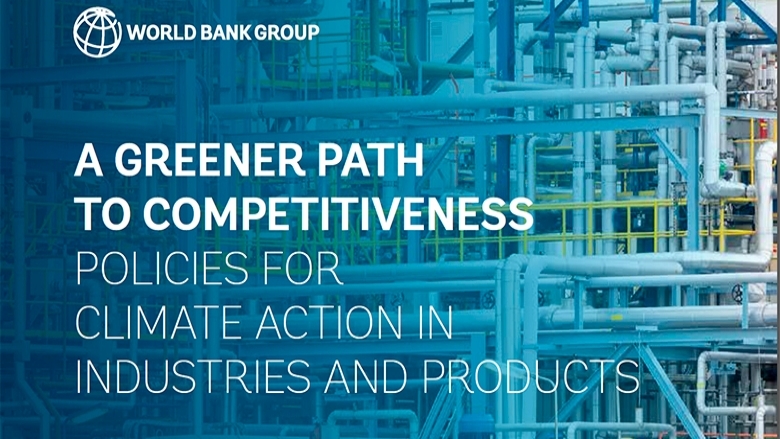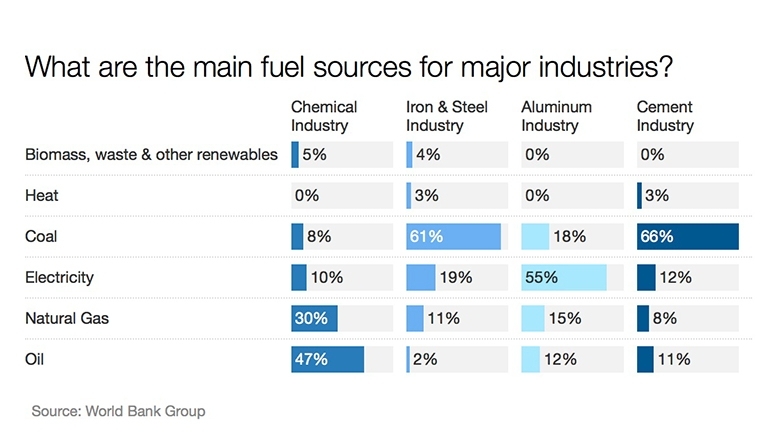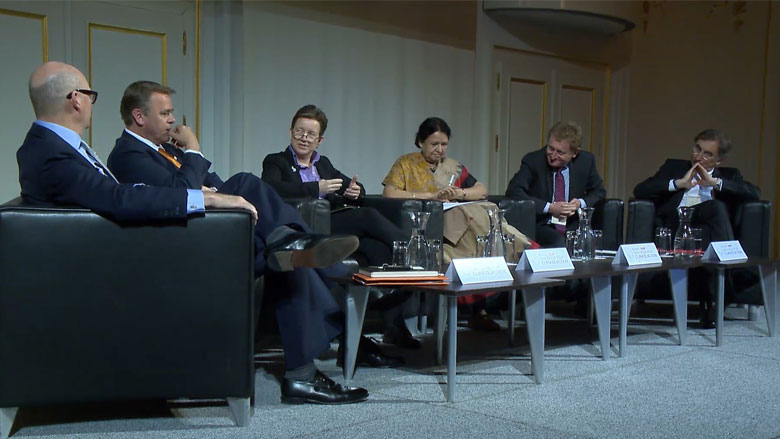The Solution
There are well-understood business and societal benefits to being front runners in decarbonizing, ranging from increased energy security to less local pollution. Further, as traditional fuels become scarcer, transforming industry to be more sustainable will become a requirement of doing business. The good news is that, according to A Greener Path to Competitiveness, remaining competitive and implementing green strategies are not necessarily mutually exclusive.
“Energy efficiency interventions can reduce greenhouse gas emissions while enhancing the competitiveness of a company and reducing exposure to energy price risks.” notes Alexios Pantelias, Head of Competitive Sectors in Istanbul for The World Bank Group. “Best practice solutions already exist; some may become mainstream and others may not.”
For green solutions to successfully be implemented industry-wide, they should:
- Offer quick returns on investment;
- cause minimal operational disruption;
- offer a cost savings after implementation; and
- have easily accessible sources of financing.
Retrofitting existing plants with low-cost, quick-payback energy efficiency solutions is one of the most obvious solutions. Using the best available technology in the construction of new plants is another. Global policies that require competitors around the world to simultaneously implement green measures can help level the playing field and reduce any potential risks to competitiveness.
The aluminum industry is an example of a sector that has incorporated energy savings and GHG reductions while still increasing production. Recycling is at the core of this solution. About 70% of aluminum’s total cost is linked to energy. Producing recycled aluminum uses as little as 5% energy making it an attractive option for producers. In addition, recycled aluminum emits just 5% of the GHG missions compared to primarily produced aluminum. This makes it an attractive solution for cities, governments, and consumers. Since 1990, emission savings from aluminum have doubled while production continues to increase.
Although industry is at the crux of the climate change imperative, the private sector is not the only area with a role to play in preventing irreversible climate change. The path to greener competitiveness, according to the new report, requires action from industry, government and consumers:
- Industry should focus on cost-effective energy efficiency options that can be deployed today with short payback periods, low transaction costs, and easy-to-access finance.
- Industry, governments and consumers should focus on enabling technologies and interventions that are on the cusp of cost-effectiveness. Regulation or procurement policies can direct demand for low-carbon products. Making consumer demands more visible can encourage solutions that are not yet fully viable. Energy efficiency standards and labeling are both examples of solutions in this area.
- Governments should pursue framework policies such as removing subsidies and putting a comprehensive price on carbon. They can also make policies that are clear, credible, and long-term so that business have time to act effectively. Finally, they should also adopt technology-incentive programs for solutions that currently have a weak business case.
“Dialogue is also a critical component of maintaining momentum after Paris and achieving global climate change targets,” according to Pantelias. “Public-private partnerships, regional dialogues and long-term support for local energy and industrial entrepreneurs are all necessary to achieving successful outcomes at the Marrakech Climate Change Conference in November 2016 and beyond.”



